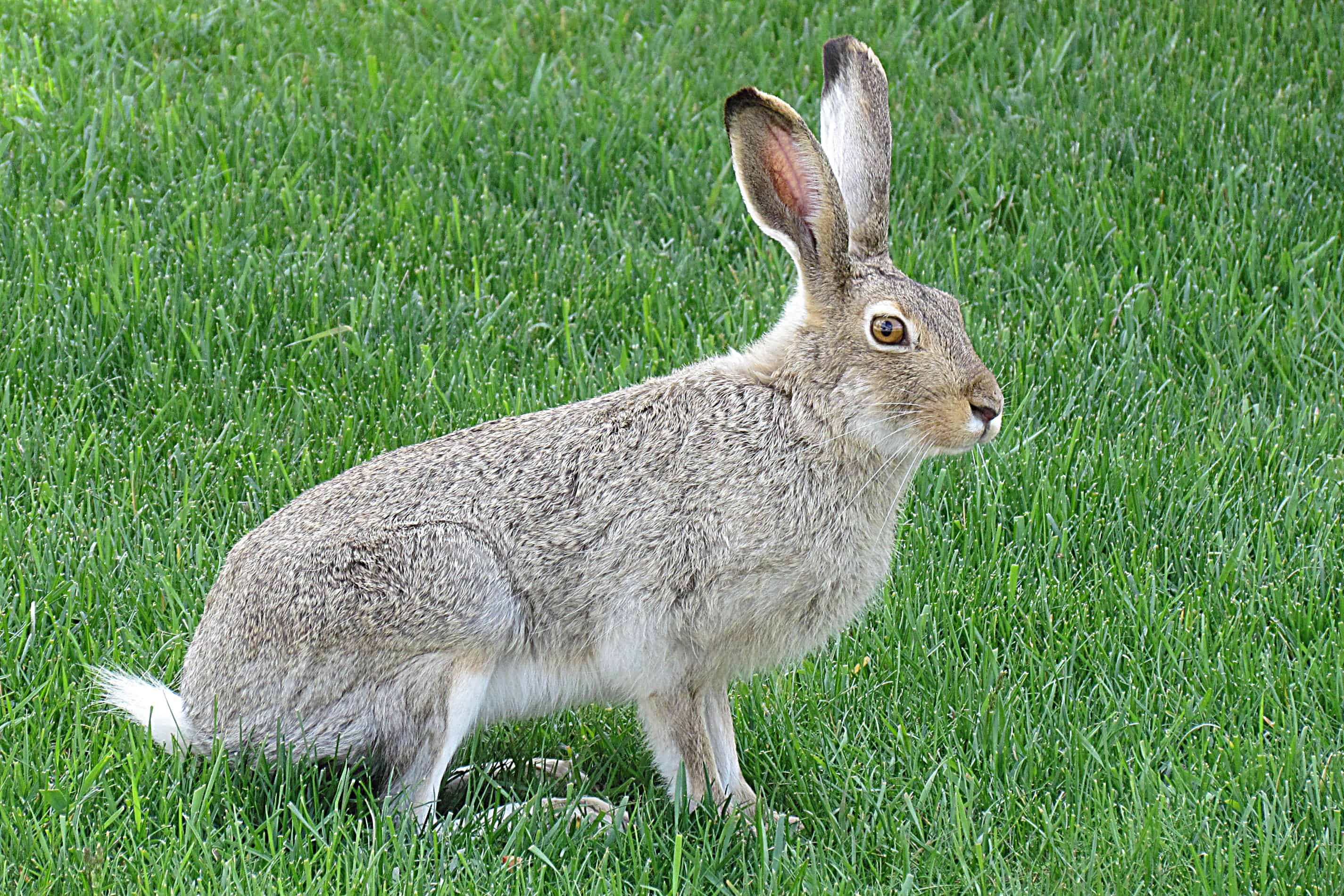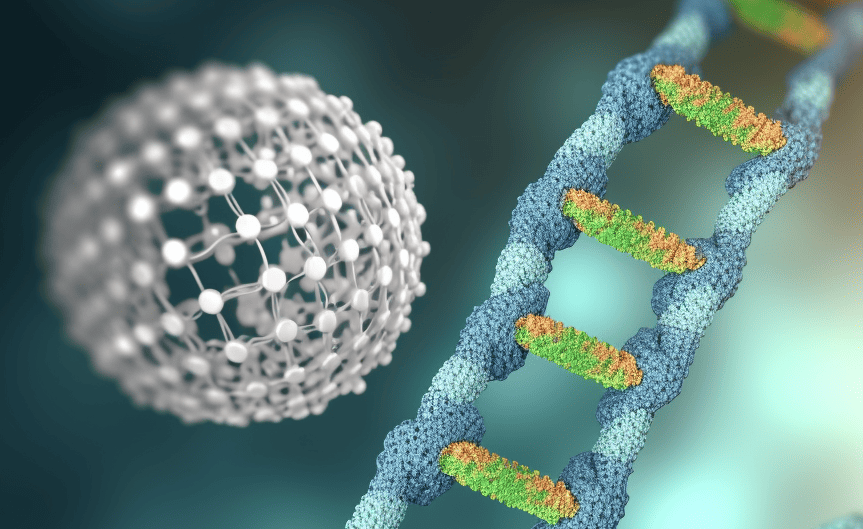
Researchers at the University of Montana have discovered that genetic adaptation in white-tailed jackrabbits may help them survive the effects of climate change. Shorter winters due to climate change cause a colour mismatch, making the rabbits more vulnerable to predators. The scientists found three genes responsible for the colour variation in the rabbits’ fur, which allows them to change from white to brown depending on the season. Populations with higher gene variability are better prepared for future declines in snow cover, potentially saving them from population declines caused by climate change. However, conservation efforts must focus on genetic diversity and maintaining connectivity between populations to ensure the long-term survival of the species. Their findings were published in Science.
Climate Change and Camouflage Mismatch
White-tailed jackrabbits are known to change their fur colour seasonally, with snowy white coats in winter and brown coats in summer. This adaptation helps them blend into their environment, providing essential camouflage against predators. However, due to rapid climate change and shorter winters, a mismatch in colour can occur, making these rabbits more visible to predators and threatening their survival.
Genetic Adaptation: A Survival Mechanism
An international team led by University of Montana scientists discovered three genes responsible for determining the colour variation in white-tailed jackrabbits, from white to brown. These genes control the production of pigments, similar to those determining hair colour in humans. By understanding how this colour variation evolved, researchers can predict that populations with higher gene variability are better equipped to adapt to future declines in snow cover.
Scott Mills, a UM wildlife biology professor involved in the study, said this critical variation may help rescue white-tailed jackrabbits from population declines caused by climate change. However, the research team points out that this adaptive capacity is most often found in populations threatened by habitat loss, diseases, and targeted extermination by humans. This emphasizes the importance of maintaining connectivity between populations to ensure the conservation of this species, and others, in the long run.
Conservation Efforts: Preserving Genetic Diversity
As demonstrated by the white-tailed jackrabbits, genetic diversity is crucial for species survival, especially in a rapidly changing natural world. Conservation efforts should focus on preserving genetic diversity and promoting habitat connectivity to ensure the long-term survival of rabbit populations. This can be achieved by implementing landscape-scale conservation initiatives and integrating climate change considerations into wildlife management strategies.
Further research is needed to understand the implications of climate change for rabbit populations and inform effective conservation measures. For example, studies on seasonal coat colour moulting in wild snowshoe hares (Lepus americanus) have shed light on the genetic basis and evolution of complex seasonally changing traits. This research highlights the importance of genetic diversity conservation, as the study of alternate seasonal colour morphs depends on the preservation of diverse hare populations.








